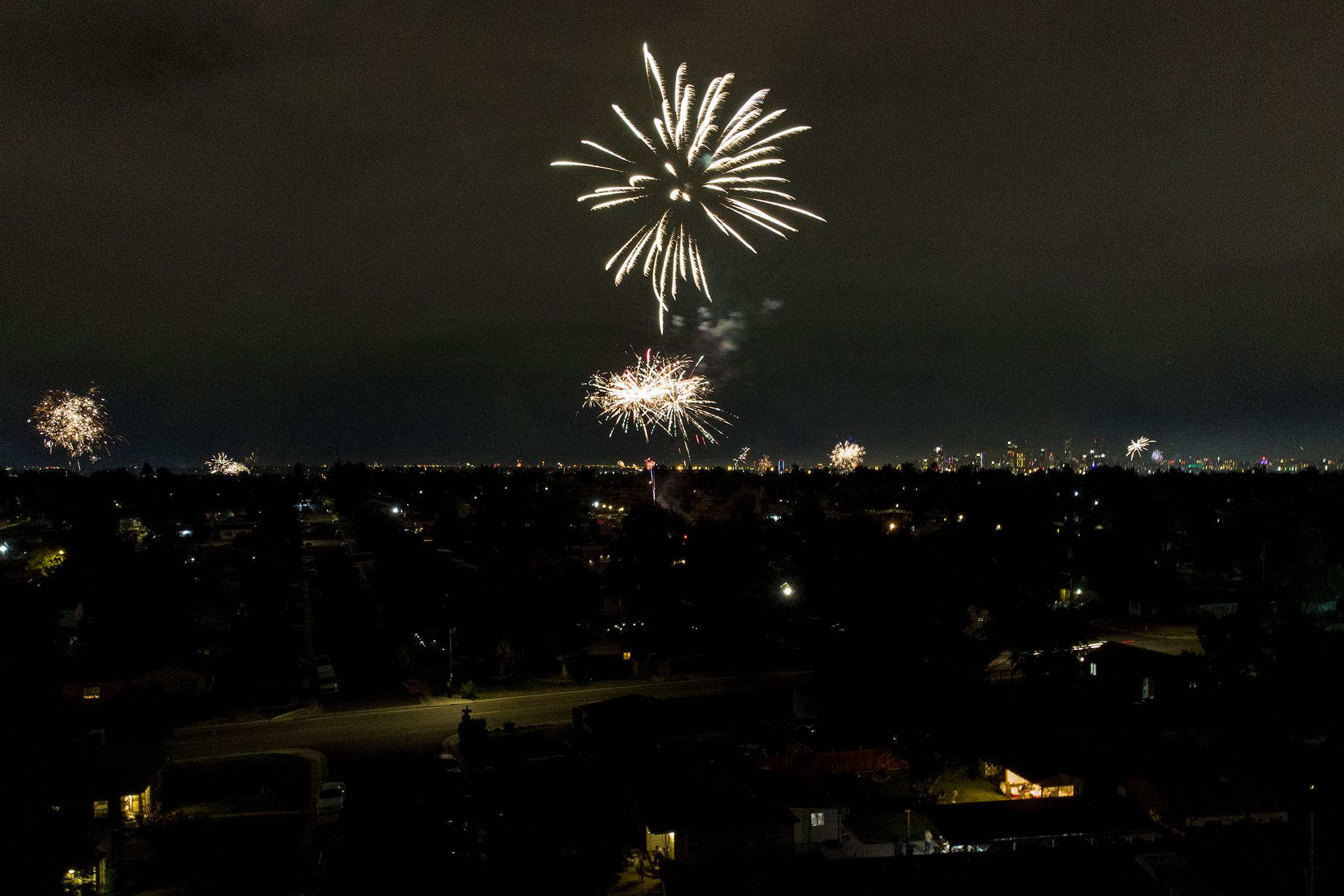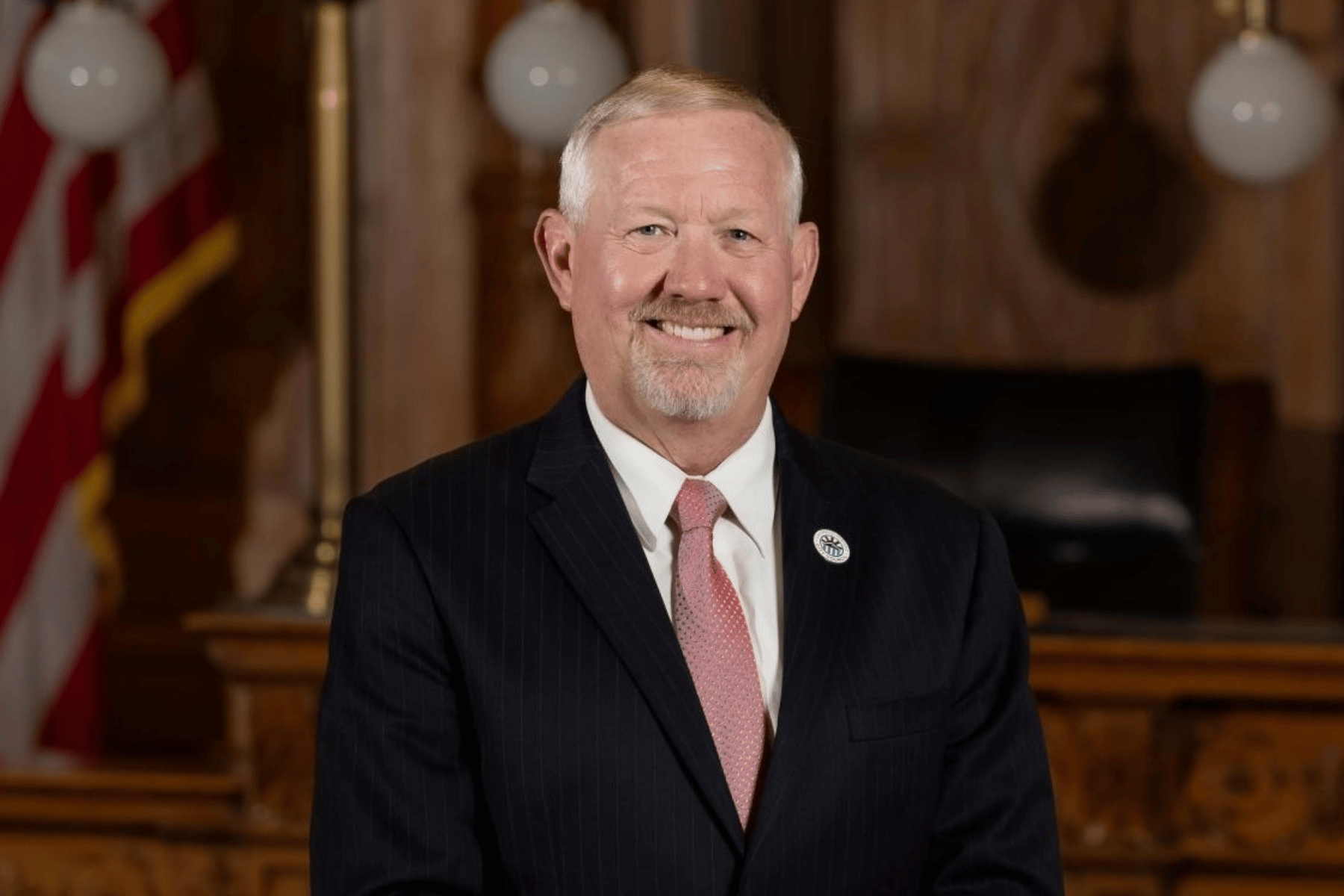
Journalist Florence Williams wrote her new book, "The Nature Fix," after she left an outdoorsy life in Boulder and moved to Washington, D.C. Soon after, she noticed she was more anxious and sleeping poorly. Her quest to understand her own nature health deficit became a global journey to meet scientists who study how nature affects human health.
Williams spoke with Colorado Matters host Ryan Warner in front of an audience in CPR's performance studio.
Read an excerpt of "The Nature Fix":
INTRODUCTION The Cordial Air “May your trails be crooked, winding, lonesome, dangerous, leading to the most amazing view.” — Edward Abbey I was hiking in Arches National Park when the Mappiness app in my phone pinged me. Some people would be annoyed, but not I. Finally, I was somewhere outside and beautiful and could tell the app how happy, relaxed and alert I was. Very, very and very. I told it so by tapping on the screen. Then I victoriously took a photo of the smooth, salmon-colored cliffs in front of me. Small topographies of lichen poked through a crack. A few perfect white clouds pottered across a French blue sky. Let Big Brother, toiling away in some windowless university lab, eat that for lunch. After many months and 234 interactions with this app, I almost always got pinged when I was indoors and working, which didn’t seem very helpful to either the Mappiness project or to my own. (And it didn’t seem fair, because I was outside fairly often, wasn’t I?) Mappiness is in the midst of a multiyear big-data grab, asking tens of thousands of volunteers to record their moods and activities twice a day at random times. Then it matches those responses to an exact GPS location from which it extracts information on the weather, amount of daylight and other environmental characteristics. The aim is simple: What makes people happy? Does place matter, or not so much? Big Brother—or Big Scientist, really—is George MacKerron, a young and congenial economist at the University of Sussex. As he explained it to me, much of the happiness data out there involves relationships, activities and economic behaviors, and much of it is familiar: people are happiest when they are well enmeshed in community and friendships, have their basic survival needs met, and keep their minds stimulated and engaged, often in the service of some sort of cause larger than themselves. But MacKerron wondered about the people who already have these things going for them, or, for that matter, about the people who don’t; are there other factors that could make meaningful differences in the march of their days? To find out, he launched Mappiness in 2010 and within a year had gathered 20,000 participants and over a million data points (by the time I joined a few years later, he was up to 3 million). Here’s what the data shows: People are least happy at work or while sick in bed, and most happy when they’re with friends or lovers. Their moods often reflect the weather (most live in the UK, so that’s not surprising). But one of the biggest variables, the surprising one, is not who you’re with or what you’re doing (at least for this iPhone-using crowd, which tends to be young, employed and educated). It’s where you are. As one of MacKerron’s papers concludes: “On average, study participants are significantly and substantially happier outdoors in all green or natural habitat types than they are in urban environments.” (And, in case you’re wondering, the data didn’t just reflect a vacation effect, since he factored that in.) The difference in joy respondents felt in urban versus natural settings (especially coastal environments) was greater than the difference they experienced from being alone versus being with friends, and about the same as doing favored activities like singing and sports versus not doing those things. Yet, remarkably, the respondents, like me, were rarely caught outside. Ninety-three percent of the time, they were either indoors or in vehicles. And even the app’s definition of “outside” could mean standing at an intersection or collecting the mail. My own personal data was pretty pathetic. The app caught me exercising or relaxing outside only 17 times, or 7 percent of the pings over the course of a year. Most often I was working, followed by number two, doing childcare, followed by commuting, doing housework and eating (well, at least something was fun). In the midst of a flirtation with meditating, I was caught doing that exactly twice. What Mappiness reveals—our epidemic dislocation from the outdoors—is an indictment not only of the structures and habits of modern society, but of our self-understanding. As the writer Annie Dillard once said, how we spend our days is how we spend our lives. Why don’t we do more of what makes our brains happy? Are we just too knackered by life’s demands, too far away from greenery or too tempted by indoor delights, especially the ones that plug in? Partly, but not entirely. In a revealing set of studies at Trent University in Ontario, psychologist Elizabeth Nisbet sent 150 students either out- side to walk on a nearby path along a canal, or underground to walk through the well-used tunnels connecting buildings on campus. Before they left, she asked them to predict how happy they thought they’d feel on their walks. Afterward, they filled out questionnaires to gauge their well-being. The students consistently overestimated how much they’d enjoy the tunnels and underestimated how good they’d feel outside. Social scientists call these bad predictions “forecasting errors.” Unfortunately, they play a big role in how people make decisions about how to spend their time. As Nisbet rather dejectedly concluded, “People may avoid nearby nature because a chronic disconnection from nature causes them to underestimate its hedonic benefits.” So we do things we crave that make us tetchy, like check our phones 1,500 times a week (no exaggeration, but I will point out that iPhone users spend 26 more minutes per day on their phone than Android users, which may be a good reason to marry an Android user), while often neglecting to do the things that bring us joy. Yes, we’re busy. We’ve got responsibilities. But beyond that, we’re experiencing a mass generational amnesia enabled by urbanization and digital creep. American and British children today spend half as much time outdoors as their parents did. Instead, they spend up to seven hours a day on screens, not including time in school. We don’t experience natural environments enough to realize how restored they can make us feel, nor are we aware that studies also show they make us healthier, more creative, more empathetic and more apt to engage with the world and with each other. Nature, it turns out, is good for civilization. |









